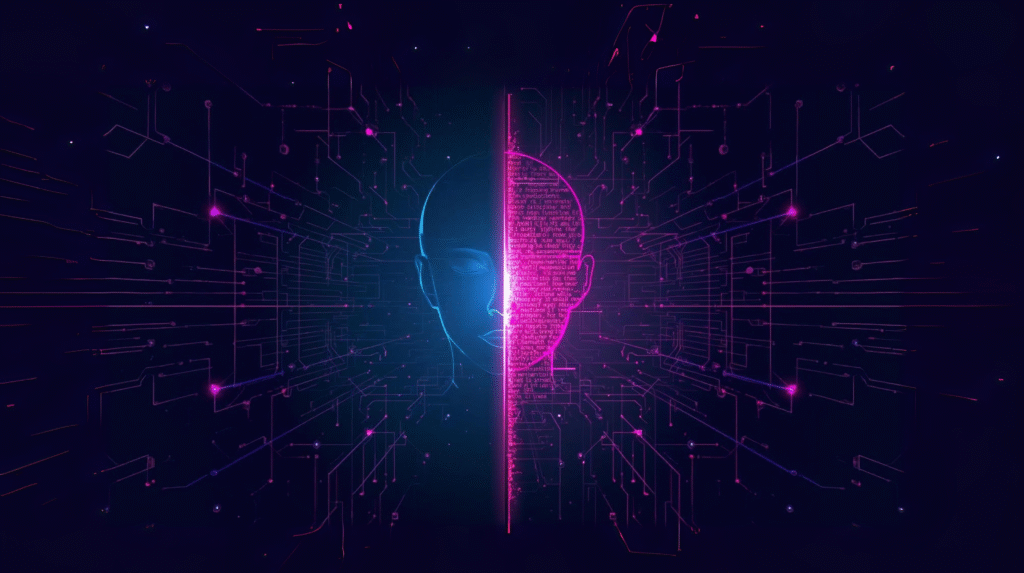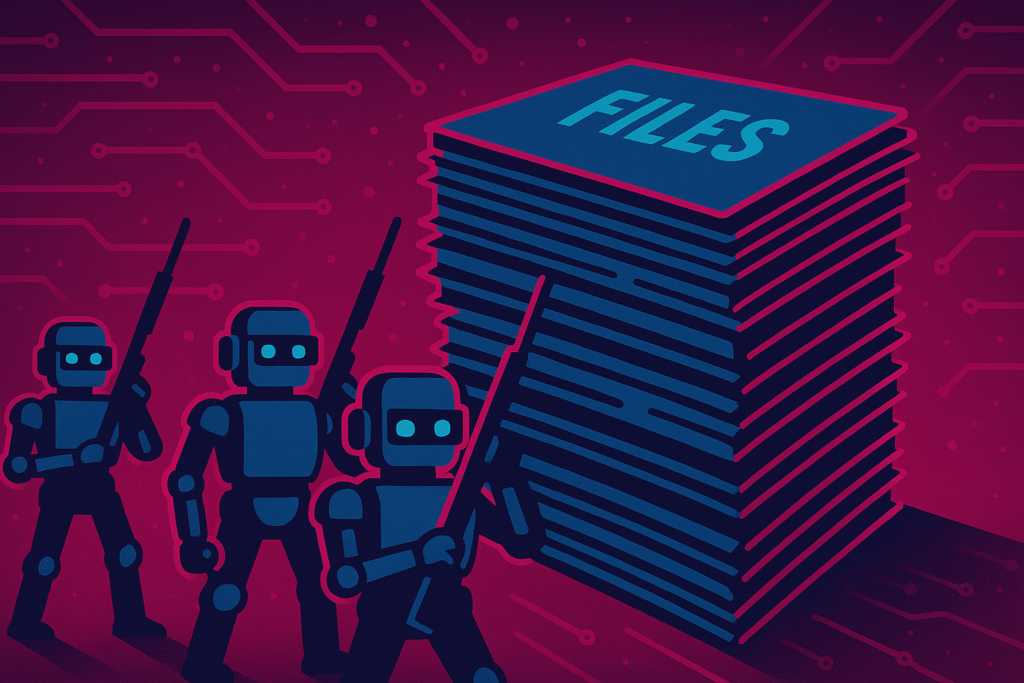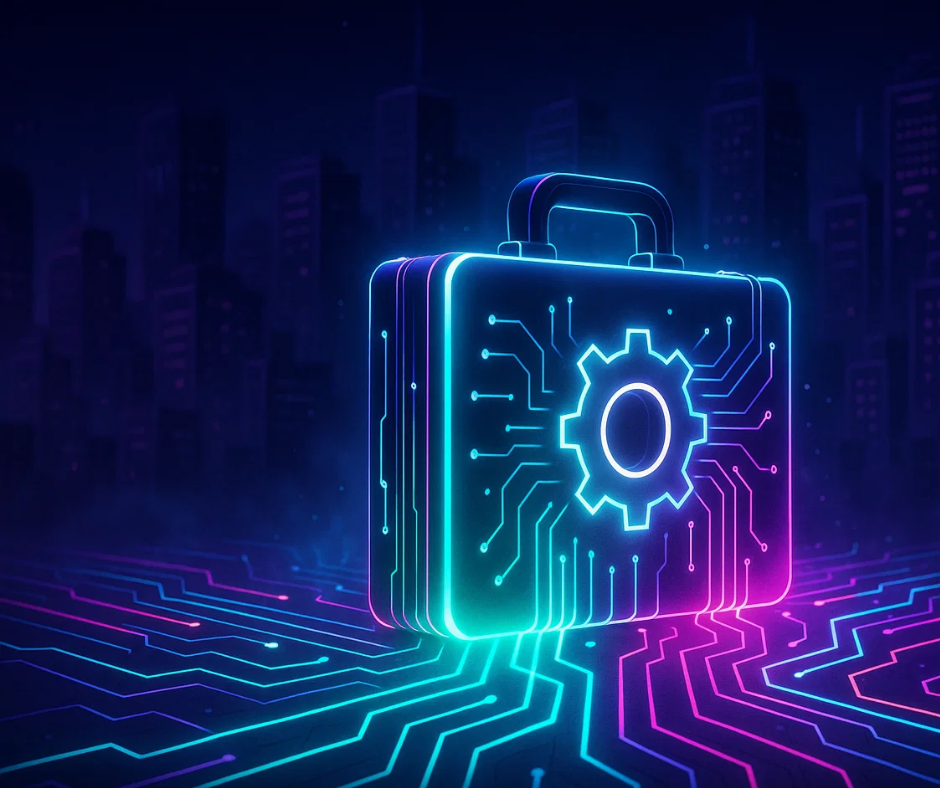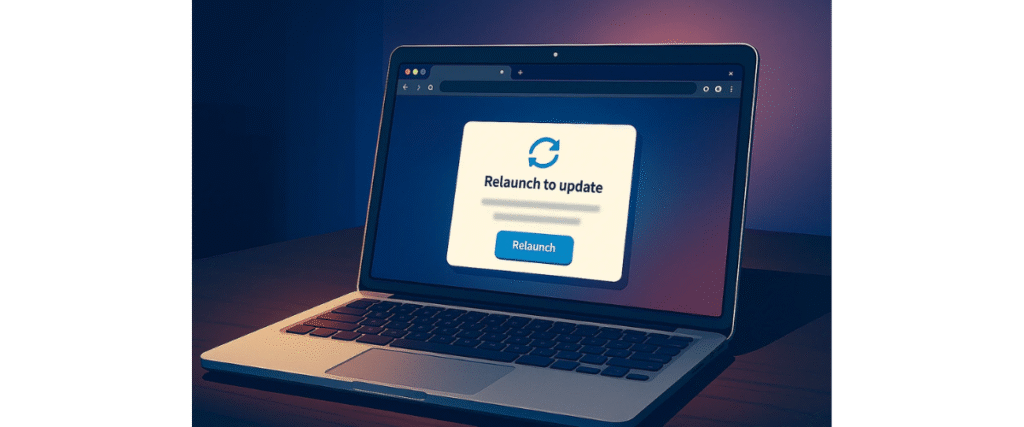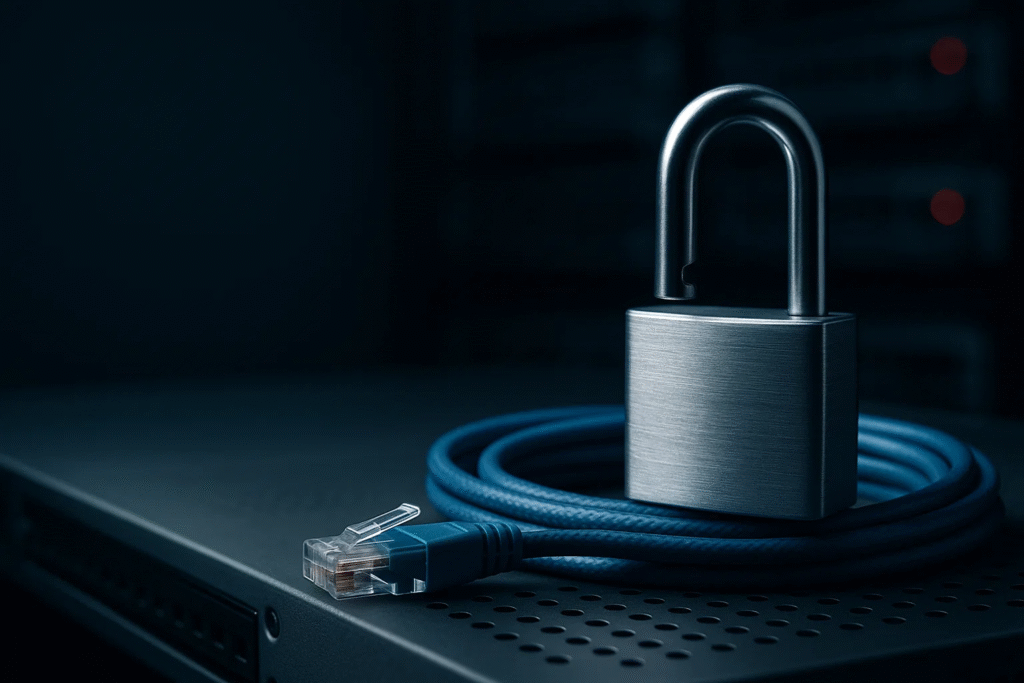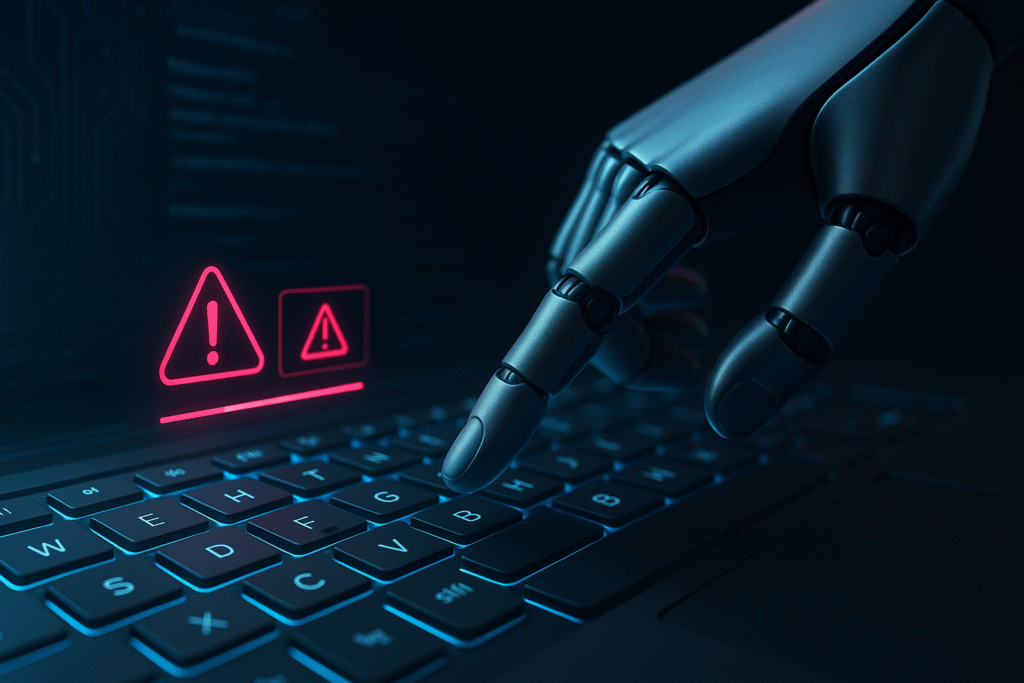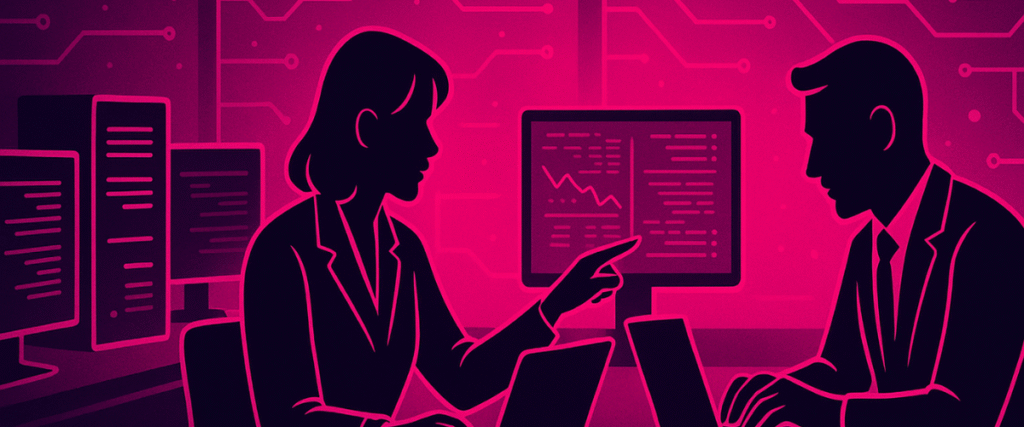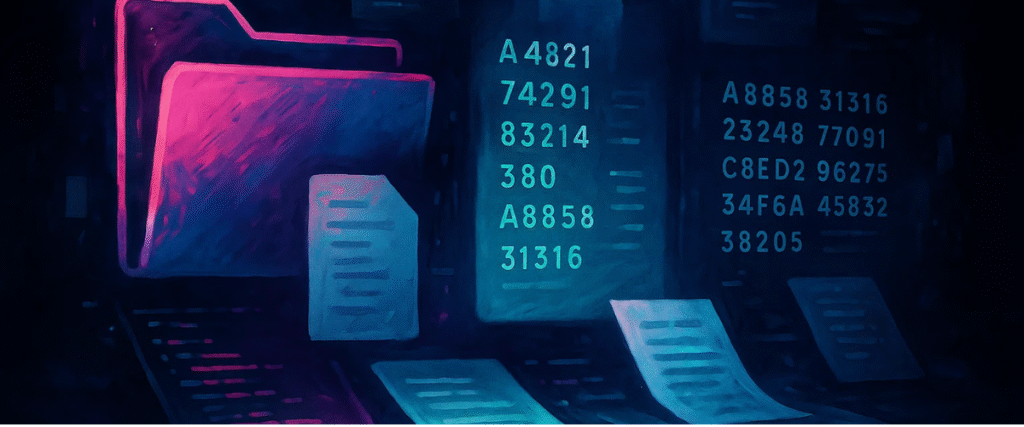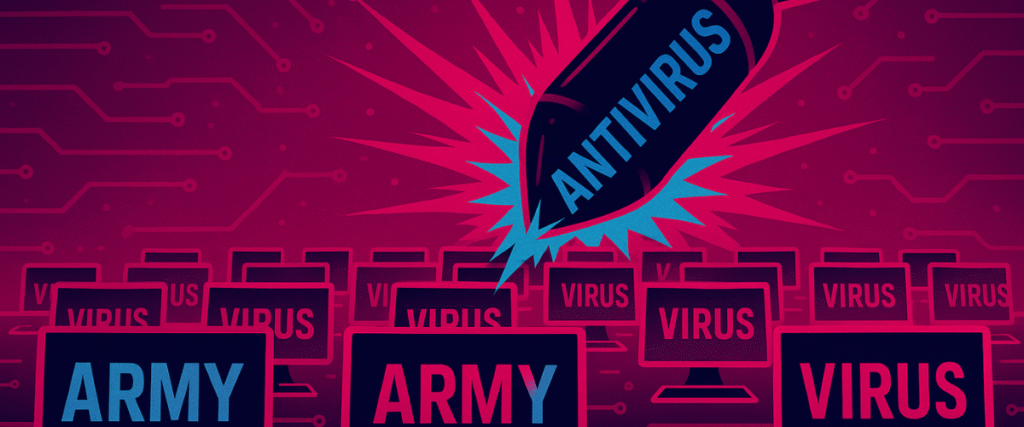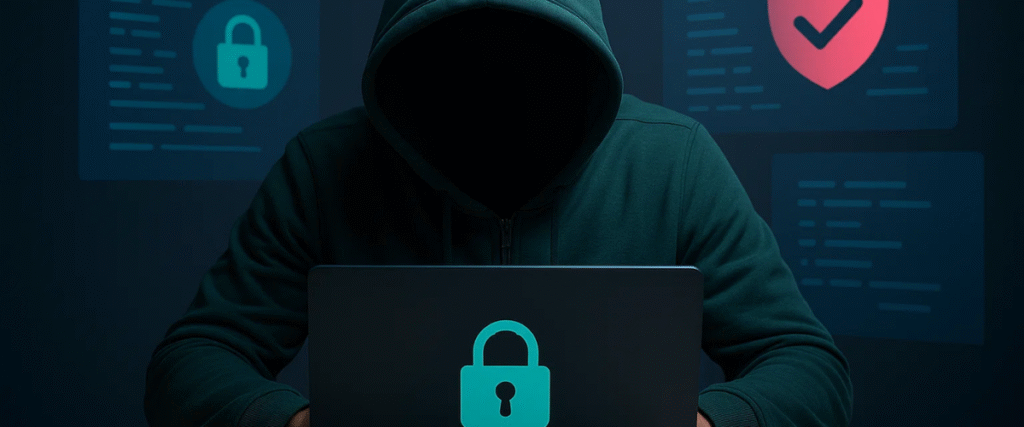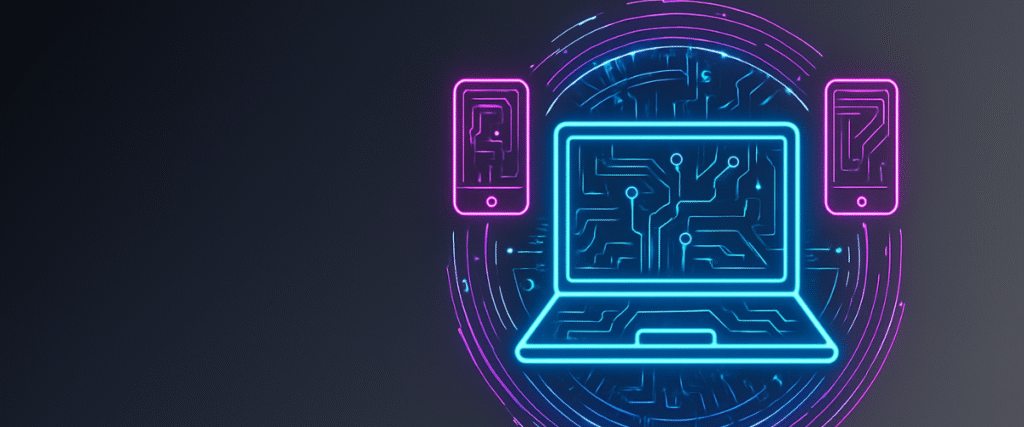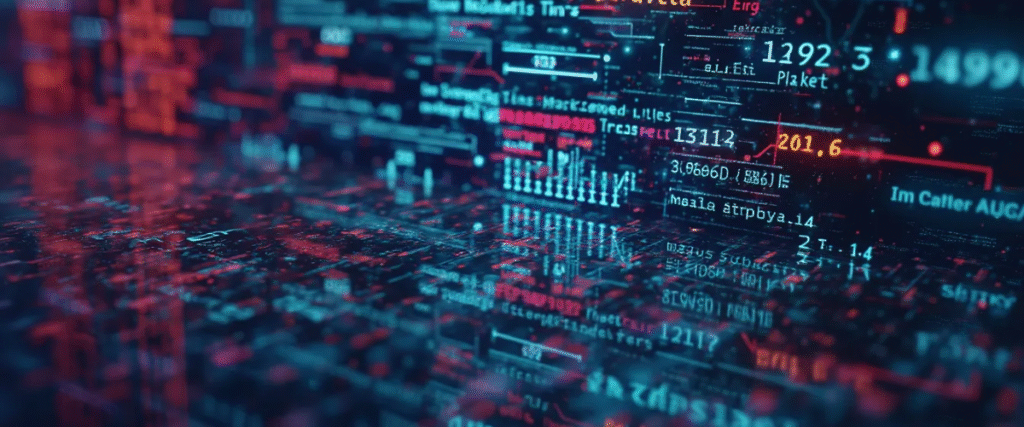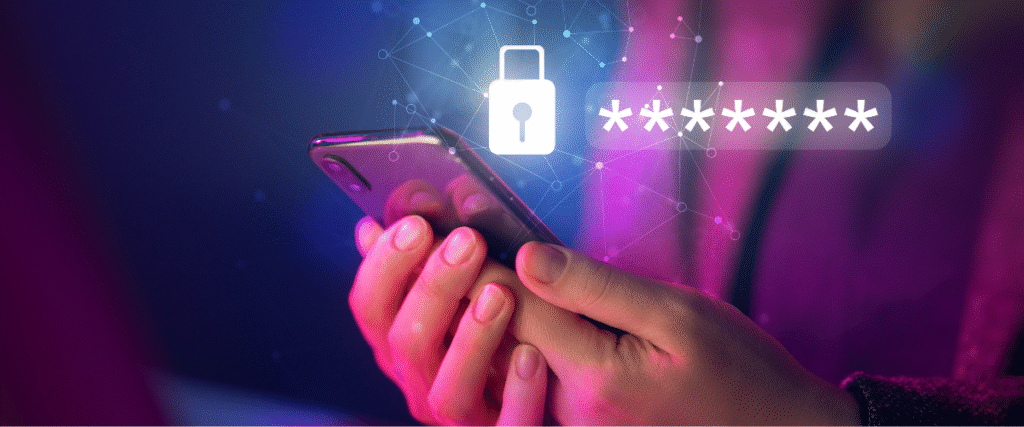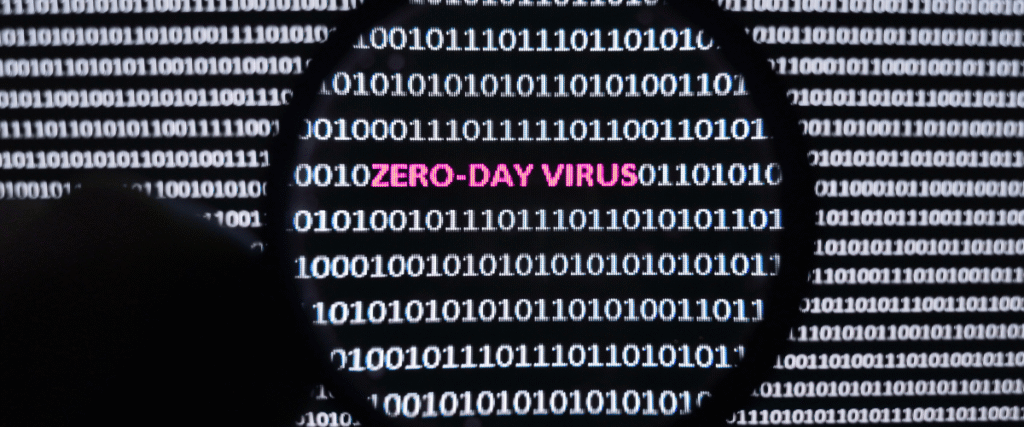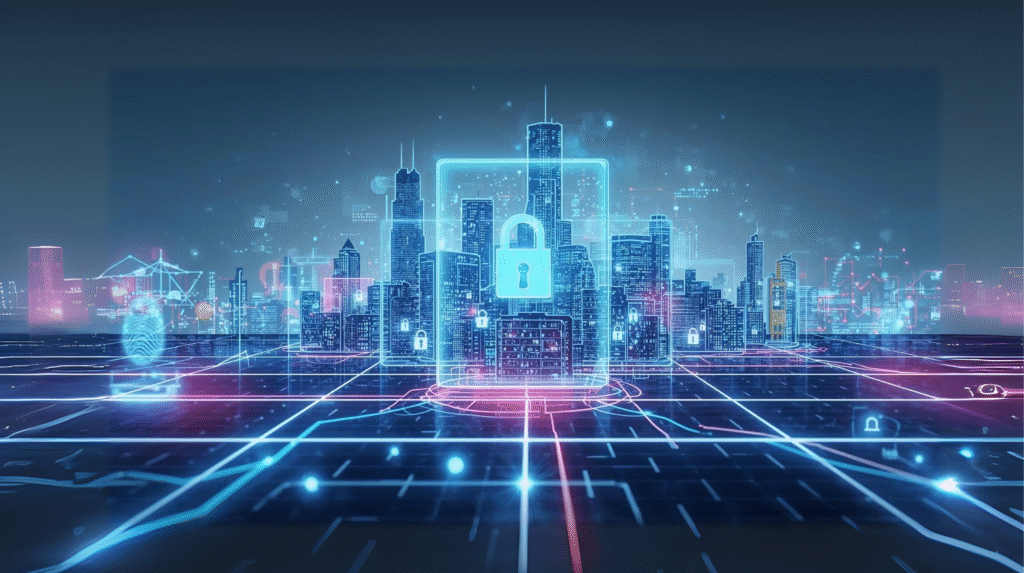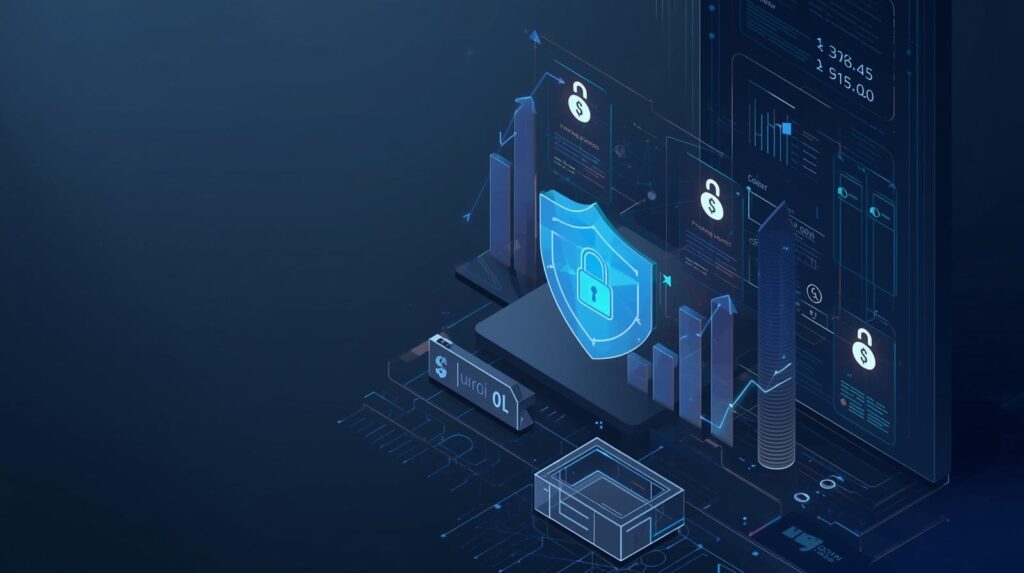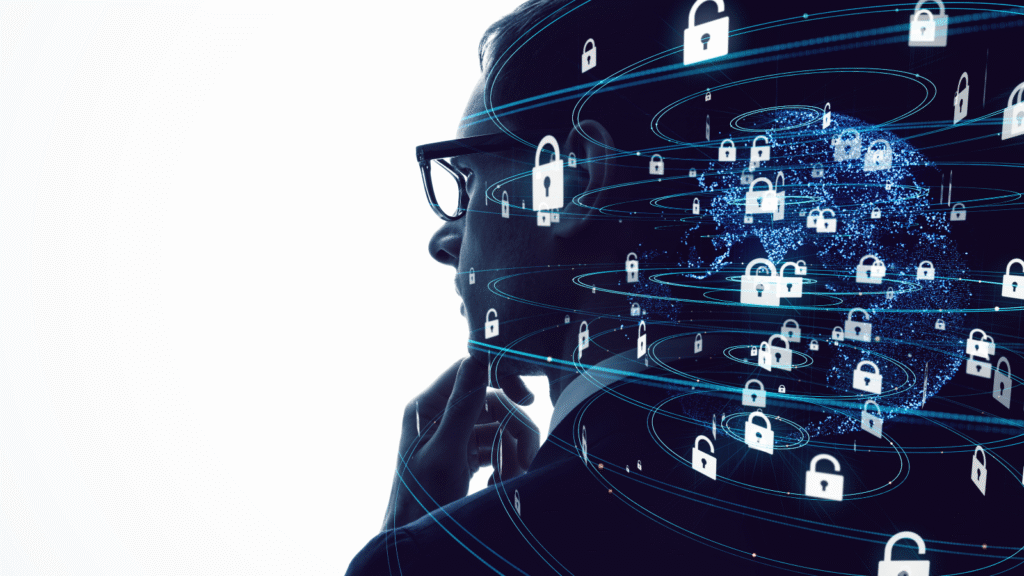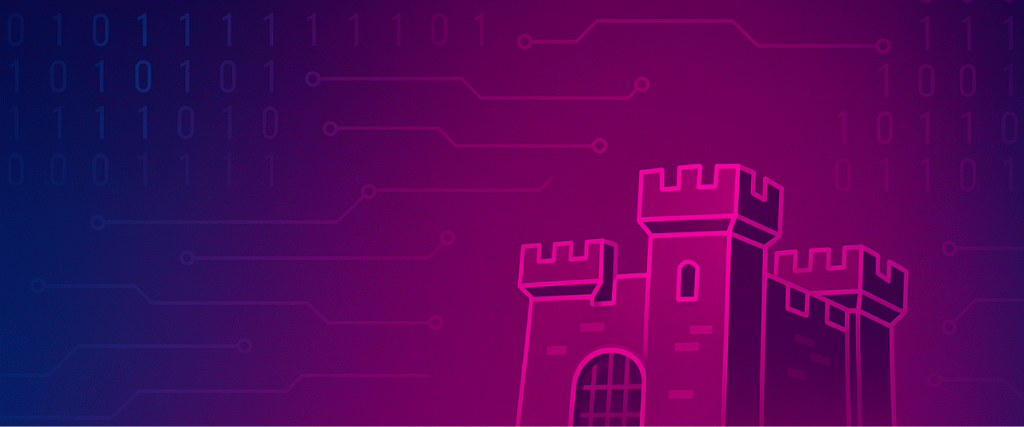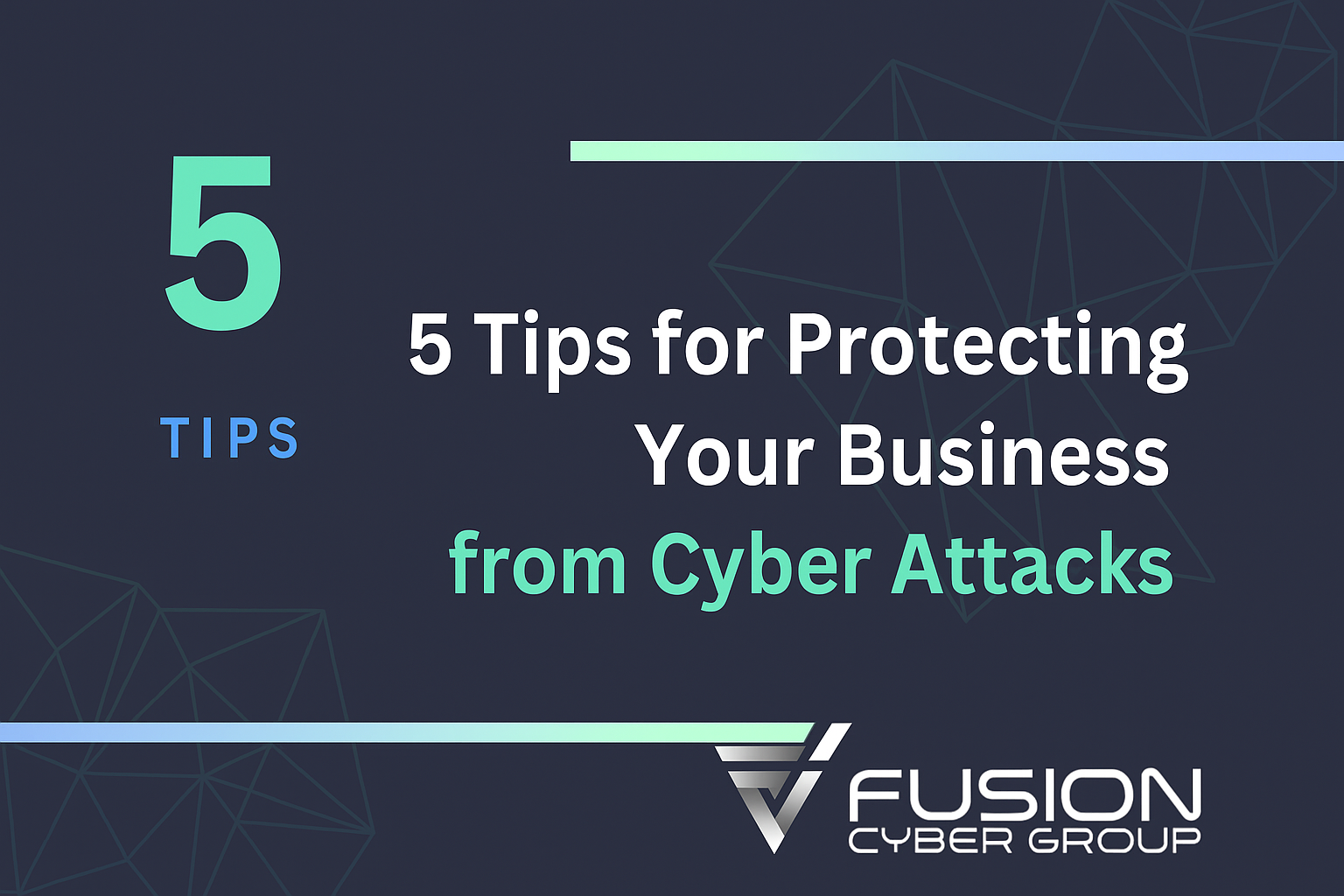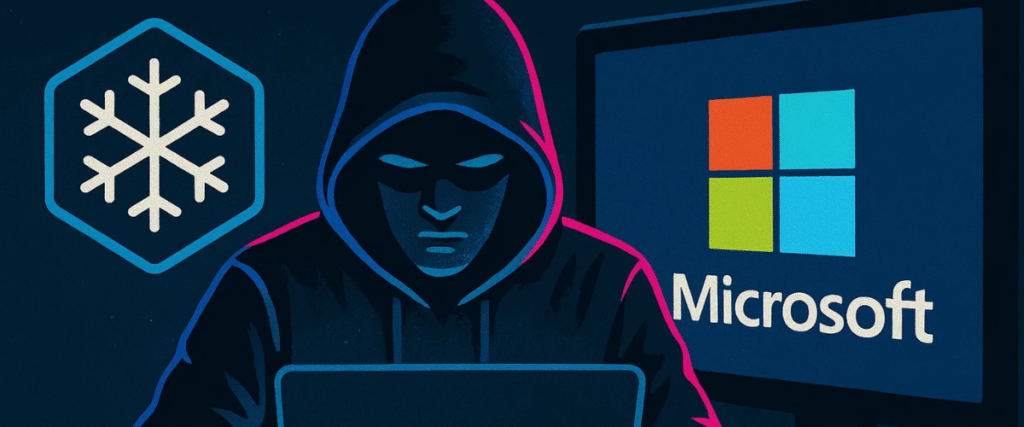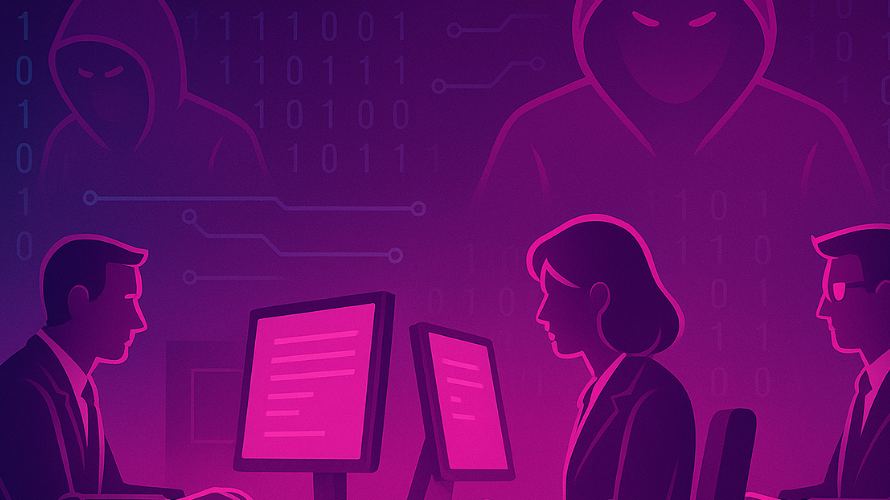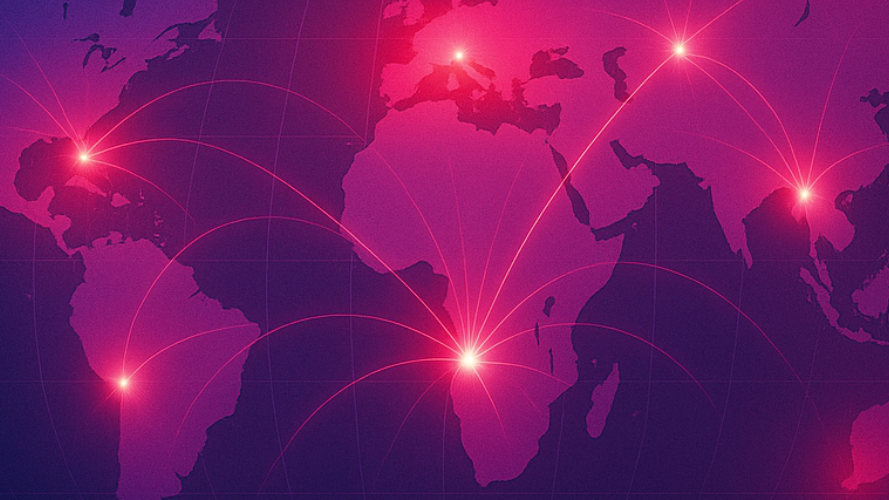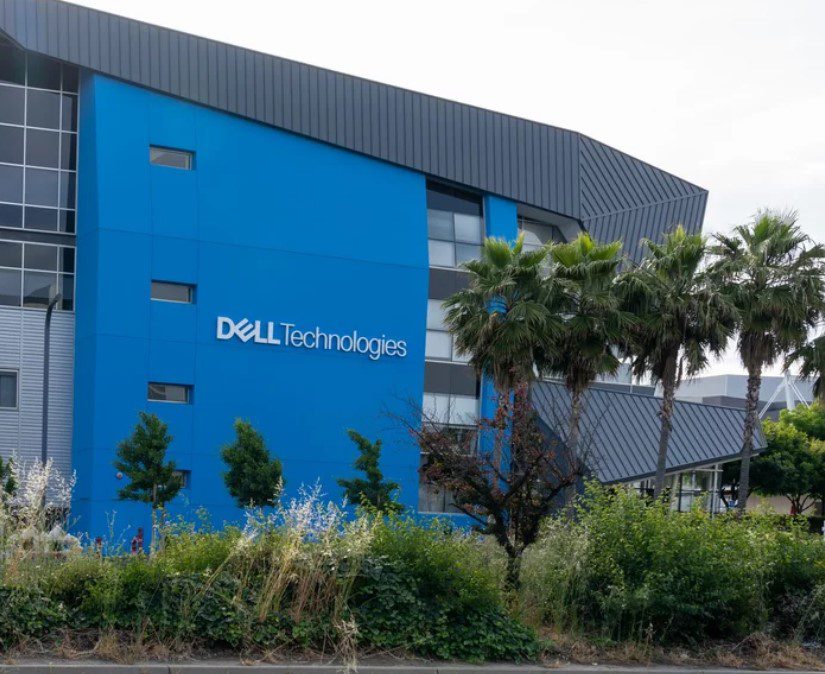
Hackers Supercharged by AI — Faster, Smarter, More Dangerous
Canadian SMBs are now Prime Targets of AI-powered Cybercrime. Don’t Wait until it’s Too Late.
Talk to a Fusion Cyber expert today to defend your business with AI-driven security.
The New Era of Cyber Threats
Artificial intelligence (AI) has transformed cybersecurity—and not just for defenders. Today’s hackers are leveraging weaponized AI in cybersecurity to automate attacks, craft sophisticated phishing campaigns, and evade detection at a scale we’ve never seen before.
What once took an attacker weeks of reconnaissance can now be executed in hours, sometimes even minutes. Phishing emails that used to be riddled with errors are now linguistically perfect and personalized. Malware, once static and predictable, is now adaptive and capable of morphing to slip past defenses. This is the disruptive power of weaponized AI in cybersecurity—it compresses attack timelines and magnifies attacker capabilities.
For Canadian small and mid-sized businesses (SMBs), this evolution is more than a technical challenge—it’s an existential risk. Without enterprise-grade budgets or 24/7 cybersecurity operations centers, SMBs are especially vulnerable. The emergence of weaponized AI in cybersecurity further complicates the landscape, making proactive measures essential.
Industry reports highlight a steep rise in AI-driven cyberattacks across North America. From ransomware-as-a-service kits to business email compromise, the use of weaponized AI in cybersecurity allows attackers to move faster, strike harder, and evade traditional tools many SMBs still rely on. For business leaders, this isn’t just another technology cycle—it’s a fundamental shift in the threat landscape.
How Hackers Use AI to Breach Businesses
Cybercriminals no longer rely on manual trial and error. Instead, they deploy AI-powered toolkits that continuously learn, adapt, and refine their attacks. This is where weaponized AI in cybersecurity becomes most visible—turning ordinary threats into devastating breaches.
- Discover Vulnerabilities Faster
AI scans entire networks in minutes, uncovering unpatched systems, weak passwords, and misconfigured firewalls. Machine learning tools prioritize weaknesses, giving hackers a step-by-step exploitation plan. This ability to weaponize AI in cybersecurity gives attackers a speed advantage defenders cannot ignore. - Automate Phishing at Scale
Algorithms scrape public data, social profiles, and email structures to craft hyper-personalized phishing campaigns. These messages mimic executives, reference real events, and use local dialects. The sophistication makes them nearly impossible to distinguish from genuine communication, proving how weaponized AI in cybersecurity can bypass human intuition. - Evasion and Adaptation
Traditional antivirus relies on signature detection. AI-driven malware mutates in real time, adjusting payloads until it finds a path through. This trial-and-error process at machine speed is a hallmark of weaponized AI in cybersecurity—and one reason old defenses fail so quickly. - Exploit Instantly
Once inside, automated tools escalate privileges, disable protections, and exfiltrate sensitive data. Attackers adapt to obstacles in real time, ensuring persistence. With weaponized AI in cybersecurity, breaches unfold in hours instead of weeks.
Takeaway: Attacks that once required careful planning now strike in a single business day. For SMBs, this leaves almost no room for error.
Why Canadian SMBs Are at Higher Risk
Hackers know the odds are stacked in their favor when targeting Canadian SMBs. The adoption of Hackers know the odds are stacked in their favor when targeting Canadian SMBs. The adoption of weaponized AI in cybersecurity has only widened the gap.
Most SMBs:
- Operate with limited IT staff and restricted budgets.
- Rely on basic antivirus and firewalls that can’t keep up with AI-enhanced threats.
- Lack round-the-clock monitoring, leaving overnight and weekend exposure.
- Struggle with compliance mandates like Law 25 in Québec and PIPEDA nationally.
The numbers are clear: over 60% of ransomware victims in Canada are SMBs, and the average cost of a breach now exceeds $5.64M CAD. Beyond financial loss, companies face regulatory fines, reputational harm, and lost trust. Insurance providers are also tightening requirements, demanding MFA, endpoint detection, and incident response readiness before issuing cyber coverage.
But the risk goes even deeper. SMBs often underestimate their value to cybercriminals, assuming hackers will only target large enterprises with vast resources. In reality, attackers view SMBs as soft targets — easier to penetrate, less likely to detect intrusions quickly, and more willing to pay ransoms to restore operations. Criminals also exploit SMBs as stepping stones into larger supply chains. A compromised vendor can give hackers access to enterprise-level networks through trusted integrations.
Moreover, regulatory compliance is no longer optional. With Law 25 in Québec and PIPEDA across Canada, SMBs have legal obligations to protect customer data. A single misstep can result not only in financial loss but also in investigations, fines, and permanent damage to customer relationships.
Weaponized AI in cybersecurity means attackers can now exploit these weaknesses faster than SMBs can react. For business leaders, ignoring this reality is no longer an option — proactive investment in security is now a matter of survival.
Lessons from the Frontlines
After more than three decades in the cybersecurity field, one reality stands out: yesterday’s After more than three decades in the cybersecurity field, one reality stands out: yesterday’s defenses won’t stop today’s AI-enhanced threats. The rise of weaponized AI in cybersecurity changes the rules. Traditional tools such as signature-based antivirus or perimeter firewalls were designed for a slower, more predictable threat landscape. They cannot keep pace with adversaries who adapt their tactics in seconds and leverage AI to probe for weaknesses at scale.
Automation Must Match Automation
AI-driven attacks require AI-driven defenses. Human-only teams can’t react quickly enough without automation. By the time a manual review is complete, attackers may have already escalated privileges or exfiltrated sensitive data. Automated threat detection and response close that gap, ensuring suspicious activity is flagged and contained in real time.
Continuous Monitoring is Essential
Threats evolve hourly. A single missed alert or overnight blind spot can be catastrophic. Continuous monitoring, powered by AI and supported by a Security Operations Center (SOC), provides visibility 24/7. This constant vigilance ensures that even subtle anomalies — unusual logins, lateral movement, or abnormal file encryption — are caught before they spiral into full-scale breaches.
Employee Training Matters
No technology can stop a determined employee from clicking a convincing phishing link. That’s why phishing simulations, micro-trainings, and ongoing awareness campaigns are essential. In the age of AI-generated phishing, even tech-savvy employees can be fooled. Training reduces this risk by conditioning staff to pause, verify, and report.
Layered Security Works Best
Security is only as strong as its weakest link. A layered defense—endpoint detection, MFA, monitoring, backups, and incident response—creates redundancy. If one control fails, others step in. Think of security as a net: if one thread snaps, the others must hold. In the age of weaponized AI in cybersecurity, this multi-layered approach is not optional; it’s the only reliable way to withstand today’s relentless, adaptive threats.
Action Plan: What SMBs Can Do Today
Defending against weaponized AI in cybersecurity may seem daunting, but there are clear steps SMBs can take right now.
Modernize Security Tools
Basic antivirus won’t cut it anymore. SMBs should move to endpoint detection and response (EDR) platforms that leverage AI to spot anomalies in real time. These tools detect unusual behavior—such as a login from a new device or a process encrypting files rapidly—and act automatically to contain the threat.
Enable Multi-Factor Authentication (MFA)
Passwords alone are not enough. MFA creates an additional barrier, ensuring that even if credentials are stolen, attackers can’t easily access critical systems. It’s one of the simplest, most cost-effective defenses, yet many SMBs still neglect it.
Implement Regular Data Backups
Ransomware remains a top threat, and backups are the only reliable insurance. But backups must be:
- Automated (to prevent human error).
- Encrypted and stored offsite.
- Tested regularly to ensure quick recovery.
Train Your Workforce
Your employees are your first line of defense—and often your weakest. Phishing simulations, micro-trainings, and clear reporting processes reduce risk significantly. Make security culture part of your business DNA.
Partner with Experts (MSSP + MSP)
For many SMBs, outsourcing is the most cost-effective path. A Managed Security Service Provider (MSSP) provides:
- 24/7 monitoring from a security operations center (SOC).
- Incident response and remediation.
- Compliance support for frameworks like PIPEDA, PCI, and Law 25.
- Ongoing adaptation to new threats.
The reality: most SMBs cannot replicate this level of defense in-house.
Building a Human + AI Defense Strategy
While weaponized AI in cybersecurity is alarming, the same technology can strengthen defense. AI-driven security tools can analyze millions of signals in real time, spotting patterns that humans would miss. But tools alone aren’t enough. A true defense strategy combines:
Technology: AI-driven endpoint detection, SIEM, and automated response. These systems provide the speed and scalability needed to detect and contain threats before they spread. For example, an AI-powered EDR platform can automatically quarantine a suspicious process encrypting files, preventing ransomware from spreading across the network. SIEM platforms aggregate and correlate logs across the environment, using AI to identify hidden attack patterns that would be invisible to human analysts working in silos.
People: Employee training, phishing simulations, and leadership awareness. Even the most advanced tools can’t stop an employee from clicking on a well-crafted phishing email, which makes continuous awareness critical. Real-world breaches show that one compromised account is often enough for attackers to escalate privileges. A culture of accountability, where every team member feels responsible for security, dramatically reduces this risk.
Partnerships: MSSPs who provide 24/7 SOC monitoring, incident response, and compliance expertise. Partnering with external experts ensures access to the kind of intelligence and rapid remediation that SMBs cannot afford to build internally. MSSPs also help businesses stay ahead of evolving regulations such as PIPEDA and Law 25, ensuring security investments align with compliance.
This hybrid model creates true cyber resilience. It blends the precision of AI with human judgment and external expertise, ensuring that businesses are protected not only against today’s threats but also against the rapidly evolving landscape of tomorrow. For SMBs especially, combining these three pillars is no longer a competitive advantage—it’s the foundation of survival in a digital-first economy.
Creating a Cybersecurity Culture
Finally, defense against weaponized AI in cybersecurity requires cultural change. Cybersecurity can no longer be seen as “just an IT issue.” Business leaders must treat it as a core operational priority. From boardrooms to front-line staff, building a culture of awareness and accountability is what separates resilient organizations from those left vulnerable.
A strong culture of cybersecurity begins with leadership buy-in. Executives must set the tone by making security a regular agenda item, not a once-a-year discussion. When leaders demonstrate that cybersecurity is tied to business continuity, compliance, and reputation, employees take the message more seriously.
Equally important is regular training and reinforcement. Many SMBs make the mistake of offering one-time workshops. Instead, cybersecurity awareness should be ongoing: monthly phishing simulations, micro-learning modules, and quick “security tips” during team meetings. This keeps best practices top of mind and ensures employees can recognize evolving AI-driven threats.
Organizations should also establish clear accountability structures. Every employee, from finance to sales, must understand their role in protecting data and systems. Creating simple reporting mechanisms for suspicious activity—like a dedicated “Report Phishing” button—empowers staff to act quickly without fear of making mistakes.
Ultimately, cybersecurity culture is about embedding security into daily operations. By aligning people, processes, and leadership, SMBs can transform employees from their biggest risk into their strongest defense.
Final Thoughts
AI is a double-edged sword. It powers innovation but also gives cybercriminals unprecedented tools. For Canadian SMBs, the stakes have never been higher. Attackers are no longer relying on guesswork or outdated tactics—they are using AI to strike with speed, precision, and persistence.
The lesson is clear: yesterday’s defenses cannot stop tomorrow’s threats. Relying on basic antivirus, firewalls, or occasional security updates is no longer enough. SMBs that continue to operate with a reactive mindset are leaving themselves exposed to risks that could end operations overnight. The combination of regulatory requirements, higher insurance standards, and increasingly sophisticated AI-powered attackers has created a perfect storm for businesses that fail to adapt.
But there is hope. By embracing automation-driven defenses, SMBs can level the playing field. AI-driven detection tools, when combined with proactive monitoring and rapid response, give businesses a fighting chance against adversaries who evolve by the hour. Layered security ensures that a single point of failure does not cripple the organization, while employee awareness and training transform the human element from a liability into a line of defense.
Partnerships with MSSPs bring enterprise-grade expertise within reach of smaller organizations, providing access to 24/7 monitoring, threat intelligence, and compliance guidance at a fraction of the cost of building it internally.
The reality is simple: ignoring weaponized AI in cybersecurity is not an option. Every day without action is another day attackers gain ground.
Don’t wait until it’s too late. Request a free risk assessment today and see how your organization stacks up against AI-driven cyberattacks. The sooner you act, the stronger your defenses—and the safer your future.
Featured links:
Canada’s Cyber Threat Forecast
FAQ:
What is weaponized AI in cybersecurity?
Weaponized AI in cybersecurity is the use of artificial intelligence by hackers to speed up and strengthen attacks. It allows criminals to automate tasks, create convincing phishing messages, and adjust malware in real time to evade defenses.
Why are Canadian SMBs prime targets?
SMBs in Canada often lack large IT teams, enterprise-level budgets, and advanced defenses. Attackers know this makes them vulnerable. With weaponized AI in cybersecurity, cybercriminals can exploit weaknesses faster, leaving SMBs more exposed than ever.
Can traditional antivirus stop AI-powered attacks?
No. Basic antivirus relies on known malware signatures, but AI-powered threats constantly evolve. Weaponized AI in cybersecurity creates adaptive attacks that slip past old tools. SMBs need AI-driven endpoint detection and response (EDR) solutions for real protection.
How can SMBs defend against weaponized AI in cybersecurity?
The best defense is a layered approach: adopt EDR tools, enforce multi-factor authentication (MFA), back up and test data regularly, and train employees to spot phishing attempts. Partnering with a Managed Security Service Provider (MSSP) ensures 24/7 monitoring and rapid response.

Looking Ahead: The Future of Weaponized AI in Cybersecurity
The story of weaponized AI in cybersecurity is still unfolding. As AI capabilities grow, so too will the creativity of attackers. Already, security researchers are warning about deepfake audio and video scams where criminals mimic executives’ voices to authorize wire transfers or trick employees into sharing sensitive data. AI-generated malicious code is becoming harder to detect, and new platforms are making these tools accessible to less-skilled hackers, lowering the barrier to entry.
For Canadian SMBs, this means cyberattacks will become more personalized, more convincing, and harder to stop. The next wave of AI-driven cybercrime may not just target IT systems but also exploit trust within organizations—turning employees, vendors, and even customers into unsuspecting attack vectors.

The Compliance Factor
Another overlooked dimension is compliance. With stricter data privacy laws such as Québec’s Law 25 and Canada’s PIPEDA, businesses now face regulatory fines on top of recovery costs if they fail to protect personal data. Insurance carriers are also raising the bar, requiring MFA, continuous monitoring, and AI-driven detection tools before extending or renewing coverage. In short, failing to address weaponized AI in cybersecurity isn’t just risky—it could make your business uninsurable or non-compliant.

The Cost of Inaction
The financial impact of a single breach can be devastating. Beyond ransom payments and system recovery, SMBs face weeks of downtime, reputational loss, and in some cases, permanent closure. A recent Canadian survey found that one in five SMBs hit by a major cyberattack never fully recovered. When you consider that weaponized AI accelerates these attacks, the margin for error becomes even slimmer.
Our Cybersecurity Guarantee
“At Fusion Cyber Group, we align our interests with yours.“
Unlike many providers who profit from lengthy, expensive breach clean-ups, our goal is simple: stop threats before they start and stand with you if one ever gets through.
That’s why we offer a cybersecurity guarantee: in the very unlikely event that a breach gets through our multi-layered, 24/7 monitored defenses, we will handle all:
threat containment,
incident response,
remediation,
eradication,
and business recovery—at no cost to you.
Ready to strengthen your cybersecurity defenses? Contact us today for your FREE network assessment and take the first step towards safeguarding your business from cyber threats!








